
The Enchanting Hills of Mols Bjerge
Discover the natural beauty and historical charm of Mols Bjerge, Denmark's captivating national park in the heart of Djursland, perfect for nature lovers and adventurers.
Mols Bjerge, located in the heart of Djursland in Denmark, is a stunning national park that offers a unique blend of rolling hills, dense forests, and serene coastlines. This picturesque landscape is perfect for nature lovers and those seeking a peaceful retreat from the hustle and bustle of city life. The park is home to a variety of wildlife, including deer, foxes, and numerous bird species, making it a haven for wildlife enthusiasts and bird watchers. One of the most distinctive features of Mols Bjerge is its diverse terrain, which ranges from sandy beaches to rugged cliffs and lush meadows. Visitors can explore the park's many hiking and biking trails, which offer breathtaking views of the surrounding countryside and the Kattegat sea. The park is also dotted with historical landmarks, such as the medieval Kalø Castle ruins, which provide a fascinating glimpse into Denmark's rich past. In addition to its natural beauty, Mols Bjerge is known for its charming villages and local culture. The nearby town of Ebeltoft boasts cobblestone streets, half-timbered houses, and a vibrant arts scene. Visitors can enjoy local Danish cuisine at the town's cozy cafes and restaurants or visit the renowned Glass Museum and the Fregatten Jylland, the world's longest wooden warship. Whether you're a history buff, an outdoor adventurer, or simply looking to relax, Mols Bjerge has something to offer everyone.
Local tips in Mols Bjerge
- Visit the park during the spring or summer for the best weather and blooming landscapes.
- Wear comfortable hiking shoes as the terrain can be uneven in some areas.
- Bring binoculars for bird watching and spotting wildlife.
- Stop by the local tourist information centers for maps and guides.
- Don't miss the medieval Kalø Castle ruins for a touch of history.
- Explore the nearby town of Ebeltoft for local culture and cuisine.
The Enchanting Hills of Mols Bjerge
Mols Bjerge, located in the heart of Djursland in Denmark, is a stunning national park that offers a unique blend of rolling hills, dense forests, and serene coastlines. This picturesque landscape is perfect for nature lovers and those seeking a peaceful retreat from the hustle and bustle of city life. The park is home to a variety of wildlife, including deer, foxes, and numerous bird species, making it a haven for wildlife enthusiasts and bird watchers. One of the most distinctive features of Mols Bjerge is its diverse terrain, which ranges from sandy beaches to rugged cliffs and lush meadows. Visitors can explore the park's many hiking and biking trails, which offer breathtaking views of the surrounding countryside and the Kattegat sea. The park is also dotted with historical landmarks, such as the medieval Kalø Castle ruins, which provide a fascinating glimpse into Denmark's rich past. In addition to its natural beauty, Mols Bjerge is known for its charming villages and local culture. The nearby town of Ebeltoft boasts cobblestone streets, half-timbered houses, and a vibrant arts scene. Visitors can enjoy local Danish cuisine at the town's cozy cafes and restaurants or visit the renowned Glass Museum and the Fregatten Jylland, the world's longest wooden warship. Whether you're a history buff, an outdoor adventurer, or simply looking to relax, Mols Bjerge has something to offer everyone.
When is the best time to go to Mols Bjerge?
Iconic landmarks you can’t miss
Mols Bjerge National Park
Discover Denmark's Mols Bjerge National Park: Hike rolling hills, explore historic ruins, and immerse yourself in stunning natural beauty on the Djursland Peninsula.
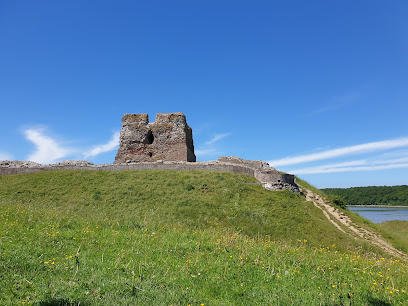
Kalø Castle
Explore the dramatic ruins of Kalø Castle, a medieval fortress on a scenic peninsula, offering a glimpse into Danish history and breathtaking views of Mols Bjerge National Park.
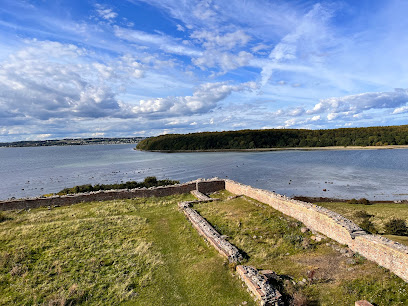
Trehøje Mols
Discover Trehøje Mols: panoramic views from Bronze Age burial mounds in Mols Bjerge National Park, offering hiking, history, and natural beauty on the Djursland peninsula.
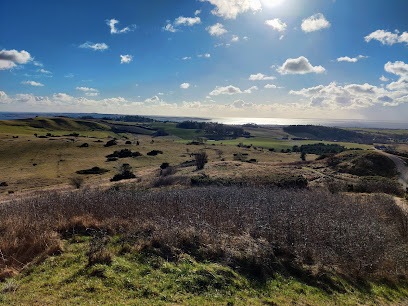
Mols bjerge besøgscenter
Discover the heart of Mols Bjerge National Park at the Visitor Centre: Explore exhibits, plan your adventure, and immerse yourself in Denmark's stunning natural and cultural heritage.
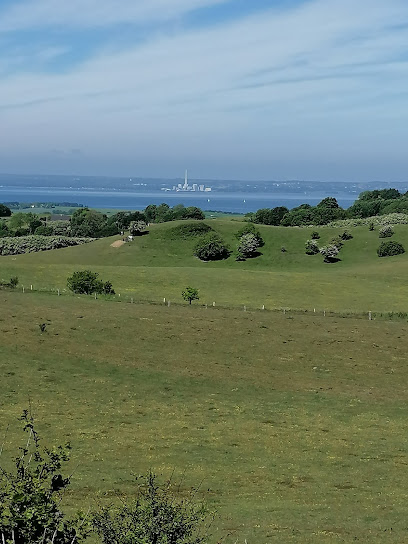
Jernhatten - Djursland
Discover Jernhatten: A scenic coastal gem in Djursland with panoramic views, unique flora, and a touch of Tolkien inspiration within Mols Bjerge National Park.
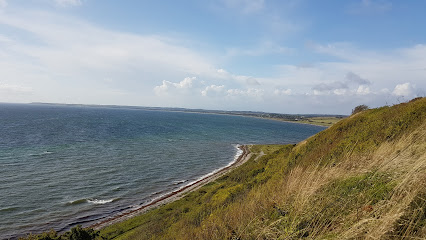
mounds from the bronze age
Explore ancient burial grounds dating back to the Bronze Age in the heart of Mols Bjerge National Park, where history meets stunning Danish landscapes and invites you on a journey through time.
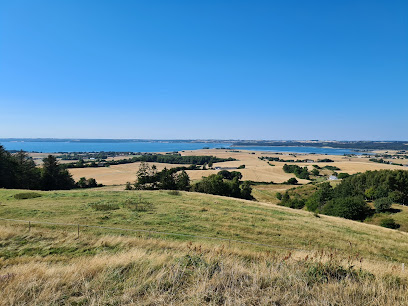
Museum Østjylland - Farvergården
Discover the art of dyeing at Farvergården in Ebeltoft, the only preserved dye works in Northern Europe, offering a unique glimpse into 18th-century craftsmanship and Danish cultural heritage.
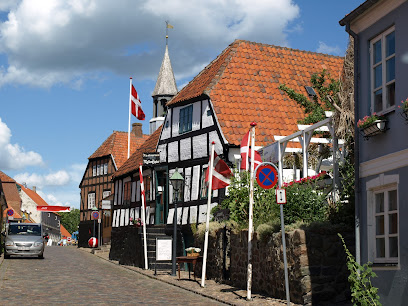
Dragsmur
Discover Dragsmur: Where Viking history meets stunning natural beauty on the Helgenæs peninsula, offering kayaking, snorkeling, and tranquil coastal exploration in Denmark's Djursland.
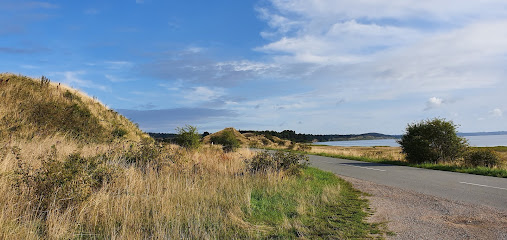
Kvalitetssti Mols Bjerge, Bjergetapen
Experience the challenging beauty of Mols Bjerge National Park on the Bjergetapen trail, a certified hiking route through stunning Ice Age landscapes and panoramic viewpoints.
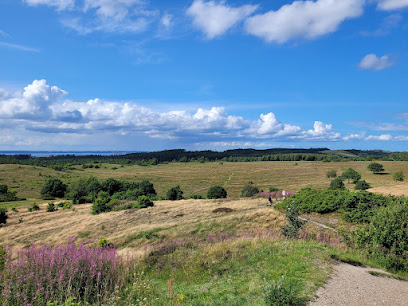
Mols
Discover Mols: A Danish peninsula where stunning natural landscapes meet rich history and culture, offering outdoor adventures, charming towns, and unforgettable experiences.
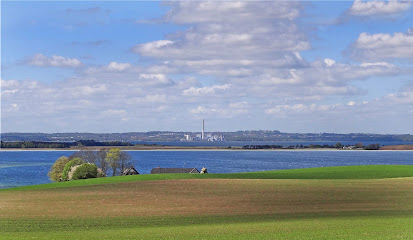
Trehøje Plantage
Discover the serene beauty of Trehøje Plantage in Knebel, Denmark, offering tranquil trails, diverse landscapes, and a peaceful escape into nature within Mols Bjerge National Park.
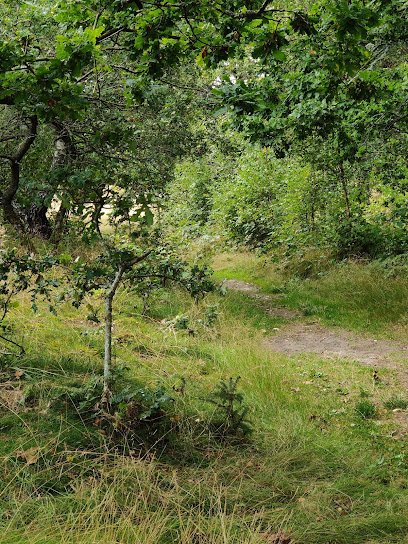
Strand Bogens
Discover the serene beauty of Strand Bogens in Mols Bjerge National Park: a perfect blend of coastal tranquility, outdoor adventures, and cultural exploration in Denmark.
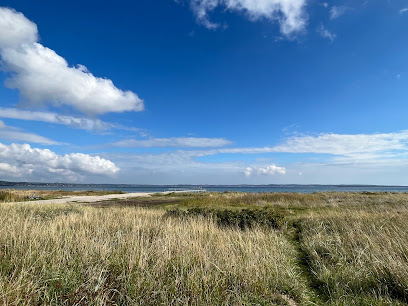
Ahl Strand, Mols Mountains National Park
Discover Ahl Strand in Mols Bjerge National Park: A serene coastal escape offering stunning beaches, scenic hiking trails, and a charming nearby town, perfect for nature lovers and families.
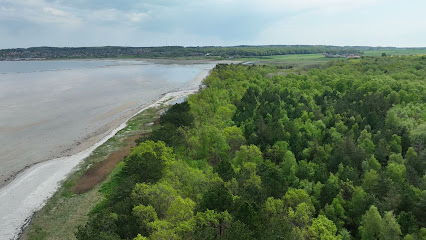
Mols Bjerge stien
Hike through stunning Ice Age landscapes, discover ancient burial mounds, and experience the tranquility of nature on the certified Mols Bjerge stien near Ebeltoft, Denmark.
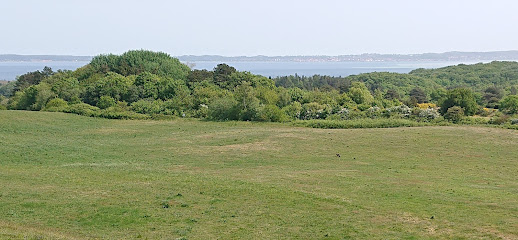
Mols bjerge
Discover Mols Bjerge National Park: Hike through rolling hills, explore historic ruins, and immerse yourself in Denmark's natural beauty and cultural heritage on the Djursland Peninsula.
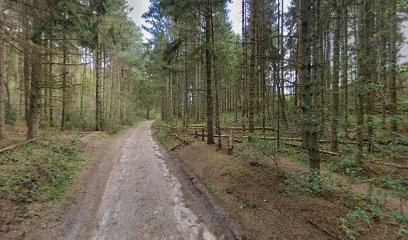
Unmissable attractions to see
Trehøje Mols
Explore Frysehuset in Skørping for an immersive journey into Denmark's cultural heritage and traditional practices.
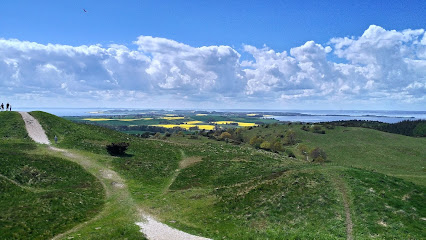
Poskær Stenhus
Discover Frysehuset: A Cultural Gem in Skørping's Heart
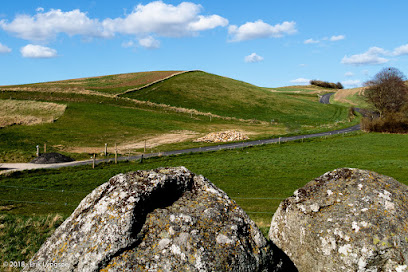
Kvalitetssti Mols Bjerge, Bjergetapen
Discover Frysehuset in Skørping: A Journey Through Denmark's Cultural Heritage and Architectural Splendor.
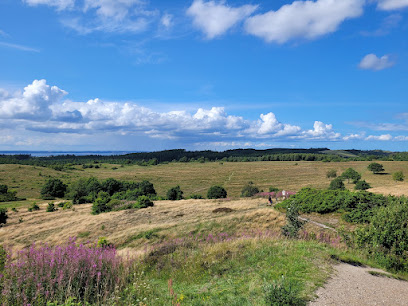
Havmøllen Skanse
Explore Havmøllen Skanse: A 17th-century coastal fortification in Mols Bjerge National Park, offering panoramic sea views and rich history.
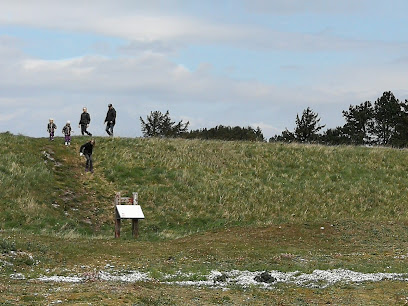
Ahl Strand, Mols Mountains National Park
Serene memorial park in Ebeltoft honoring architect Egil Fischer amidst lush greenery.
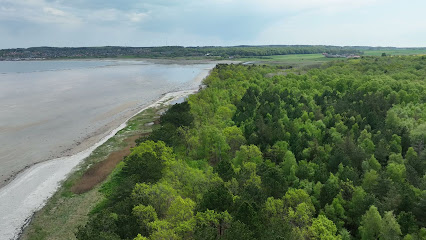
Safis Kokedameri
Discover the legacy of Egil Fischer at his memorial stone, set amidst Denmark's first planned holiday village.
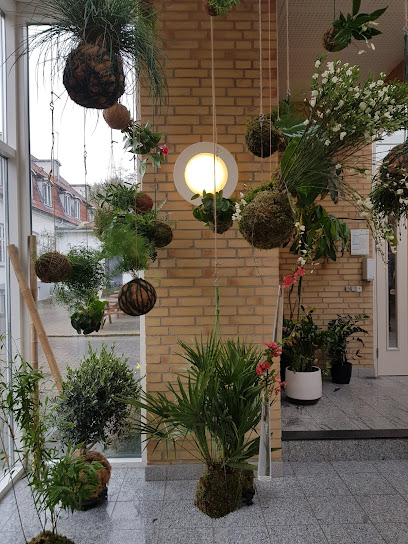
Mols Bjerge stien
Explore Frysehuset in Skørping: A captivating journey into Denmark's cultural heritage and traditional practices.
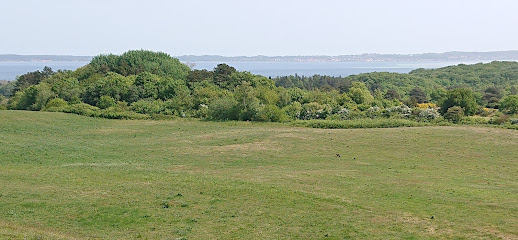
Tipi Tur
Explore Frysehuset in Skørping: A Historic Venue Showcasing Denmark's Cultural Heritage
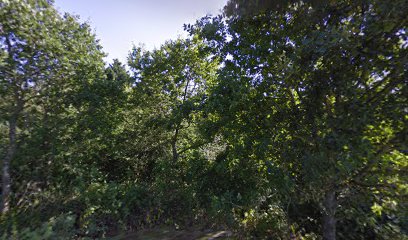
Det magiske klatretræ
Discover Frysehuset in Skørping: A Journey Through Denmark's Cultural Heritage and Architectural Splendor.
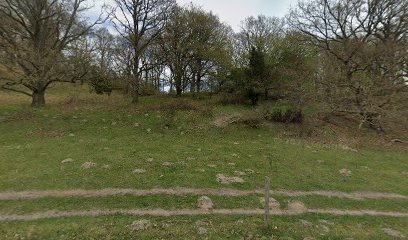
Local Phrases about Mols Bjerge
-
- HelloHej
[hey] - GoodbyeFarvel
[far-vel] - YesJa
[ya] - NoNej
[nay] - Please/You're welcomeVær så god
[vair so go] - Thank youTak
[tak] - Excuse me/SorryUndskyld
[oon-skeel] - How are you?Hvordan har du det?
[vohr-dan har doo deh] - Fine. And you?Fint. Og du?
[feent oh doo] - Do you speak English?Taler du engelsk?
[ta-ler doo eng-el-sk] - I don't understandJeg forstår ikke
[yai for-stor ee-keh]
- HelloHej
-
- I'd like to see the menu, pleaseJeg vil gerne se menuen, tak
[yai vil geer-neh se meh-noo-en tak] - I don't eat meatJeg spiser ikke kød
[yai spee-ser ee-keh koo-d] - Cheers!Skål!
[skowl] - I would like to pay, pleaseJeg vil gerne betale, tak
[yai vil geer-neh beh-ta-le tak]
- I'd like to see the menu, pleaseJeg vil gerne se menuen, tak
-
- Help!Hjælp!
[yelp] - Go away!Gå væk!
[gow vek] - Call the Police!Ring til politiet!
[ring teel po-lee-tee-et] - Call a doctor!Ring til en læge!
[ring teel en leh-eh] - I'm lostJeg er gået forkert
[yai air gow-et for-ker] - I'm illJeg er syg
[yai air soog]
- Help!Hjælp!
-
- I'd like to buy...Jeg vil gerne købe...
[yai vil geer-neh ker-beh] - I'm just lookingJeg kigger bare
[yai kee-ger beh-reh] - How much is it?Hvor meget koster det?
[vor meh-yeht koh-ster deh] - That's too expensiveDet er for dyrt
[deh air for deer-t] - Can you lower the price?Kan du sænke prisen?
[kan doo san-keh pree-sen]
- I'd like to buy...Jeg vil gerne købe...
-
- What time is it?Hvad er klokken?
[vad air kloh-ken] - It's one o'clockDen er et
[den air eht] - Half past (10)Halv ti
[halv tee] - MorningMorgen
[mor-gen] - AfternoonEftermiddag
[ef-ter-mi-daag] - EveningAften
[af-ten] - YesterdayI går
[ee gow] - TodayI dag
[ee dah] - TomorrowI morgen
[ee mor-gen] - 1Et
[eht] - 2To
[too] - 3Tre
[treh] - 4Fire
[fee-reh] - 5Fem
[fem] - 6Seks
[seks] - 7Syv
[soov] - 8Otte
[o-teh] - 9Ni
[nee] - 10Ti
[tee]
- What time is it?Hvad er klokken?
-
- Where's a/the...?Hvor er en/et...?
[vor air en/et] - What's the address?Hvad er adressen?
[vad air a-dres-en] - Can you show me (on the map)?Kan du vise mig (på kortet)?
[kan doo vee-se meh (pow kohr-teh)] - When's the next (bus)?Hvornår er næste (bus)?
[vor-nor air nes-teh] - A ticket (to ....)En billet (til ....)
[en bee-let (teel)]
- Where's a/the...?Hvor er en/et...?
History of Mols Bjerge
-
Mols Bjerge, located in East Jutland, Denmark, bears the indelible mark of the last Ice Age. Glacial movements sculpted the landscape, leaving behind rolling hills, deep valleys, and unique geological formations. These ancient origins are evident in the terrain, which offers a natural tapestry of moraines and outwash plains that have shaped the region's ecological diversity.
-
The Bronze Age left a significant mark on Mols Bjerge, with numerous burial mounds dotting the landscape. These ancient sepulchers, known as 'høje', served as the final resting places for chieftains and important figures. Archaeological excavations have revealed intricate grave goods, including bronze tools, weapons, and jewelry, which provide a glimpse into the sophisticated society that once thrived here.
-
Founded in the early Middle Ages, the nearby town of Ebeltoft became an important trading hub. Its strategic coastal location fostered commerce and cultural exchange. The town's cobbled streets and half-timbered houses stand as a testament to its medieval prosperity. The Ebeltoft Church and the Old Town Hall, both dating back to the 14th century, are architectural highlights from this period.
-
Perched on a peninsula within Mols Bjerge National Park, the ruins of Kalø Castle tell a tale of political intrigue and royal ambition. Built by King Erik Menved in 1313 as part of a network of fortifications, the castle played a crucial role in the control of Jutland. It was dismantled in the 17th century, and today, the remnants of its walls and towers offer a picturesque window into Denmark's feudal past.
-
During the German occupation of Denmark in World War II, Mols Bjerge served as a refuge for the Danish resistance movement. The area's dense forests and rugged terrain provided ideal cover for clandestine operations. Local folklore recounts stories of bravery and sabotage, as resistance fighters used the natural landscape to evade capture and strike against occupying forces.
-
Mols Bjerge National Park, established in 2009, represents Denmark's commitment to preserving its natural and cultural heritage. The park encompasses diverse habitats, including heathlands, forests, and coastal areas, supporting a rich array of flora and fauna. Conservation initiatives aim to protect endangered species and maintain the ecological balance, ensuring that future generations can continue to explore and appreciate this historic landscape.
Mols Bjerge Essentials
-
Mols Bjerge is located in the Djursland region of Denmark. The nearest major city is Aarhus, which is approximately 45 kilometers away. The closest international airport is Aarhus Airport (AAR), located about 18 kilometers from Mols Bjerge. From Aarhus, you can take a bus or rent a car to reach Mols Bjerge. The bus journey typically takes around 1 hour. Alternatively, you can take a train to Ebeltoft or Rønde and then a taxi or local bus to Mols Bjerge.
-
Within Mols Bjerge, the most convenient way to explore is by car, as it allows you to access remote areas and scenic spots easily. Bicycling is also a popular option, with many well-marked trails and bike-friendly roads. Local buses connect the main towns and some tourist attractions, but they may not run frequently. Taxis are available but can be expensive. Walking is ideal for short distances and exploring the natural beauty of the area.
-
The official currency in Denmark is the Danish Krone (DKK). Credit and debit cards are widely accepted in hotels, restaurants, and shops. However, it is advisable to carry some cash for smaller establishments, local markets, and rural areas where card payments might not be available. ATMs are available in nearby towns like Ebeltoft and Rønde, so you can withdraw cash as needed.
-
Mols Bjerge is generally a safe destination for tourists. Crime rates are low, and violent crime is rare. However, it is always wise to take standard precautions such as securing your belongings, especially in crowded areas and tourist spots. There are no specific high-crime areas targeting tourists, but it is always best to remain vigilant and aware of your surroundings.
-
In case of emergency, dial 112 for immediate assistance. This number connects you to police, fire, and medical services. The nearest hospitals are located in Aarhus and Randers. For minor health issues, there are pharmacies in Ebeltoft and Rønde where you can purchase over-the-counter medications. It is recommended to have travel insurance that covers medical emergencies.
-
Fashion: Do dress in layers, as the weather can change quickly. Comfortable walking shoes are essential for exploring the terrain. Avoid overly casual attire in fine dining establishments. Religion: Denmark is a secular country, but do respect any local customs if visiting churches. Public Transport: Do have your ticket ready before boarding and validate it if required. Don't speak loudly or disturb other passengers. Greetings: A handshake is a common form of greeting. Danes are generally reserved, so don't be overly familiar with strangers. Eating & Drinking: Do try local dishes like 'smørrebrød' (open-faced sandwiches) and fresh seafood. Don't be surprised if Danes enjoy their meals quietly and without much conversation.
-
To experience Mols Bjerge like a local, visit during off-peak seasons to enjoy the natural beauty without the crowds. Engage with locals at farmers' markets and small eateries to learn about the region's culture and traditions. Don't miss the opportunity to hike the many trails that offer stunning views of the landscape. The Kalø Castle ruins and the Mols Laboratory are must-visit spots for history and nature enthusiasts. Lastly, renting a bike can give you a more intimate experience of the area's scenic routes.
Trending Landmarks in Mols Bjerge
-
Mols Bjerge National Park
-
Kalø Castle
-
Trehøje Mols
-
Mols bjerge besøgscenter
-
Jernhatten - Djursland
-
mounds from the bronze age
-
Museum Østjylland - Farvergården
-
Dragsmur
-
Kvalitetssti Mols Bjerge, Bjergetapen
-
Mols
-
Trehøje Plantage
-
Strand Bogens
-
Ahl Strand, Mols Mountains National Park
-
Mols Bjerge stien
-
Mols bjerge
Nearby Cities to Mols Bjerge
-
Things To Do in Randers
-
Things To Do in Horsens
-
Things To Do in Silkeborg
-
Things To Do in Kalundborg
-
Things To Do in Viborg
-
Things To Do in Vejle
-
Things To Do in Odense
-
Things To Do in Herning
-
Things To Do in Aalborg
-
Things To Do in Nyborg
-
Things To Do in Slagelse
-
Things To Do in Kolding
-
Things To Do in Hillerød
-
Things To Do in Roskilde
-
Things To Do in Helsingør










